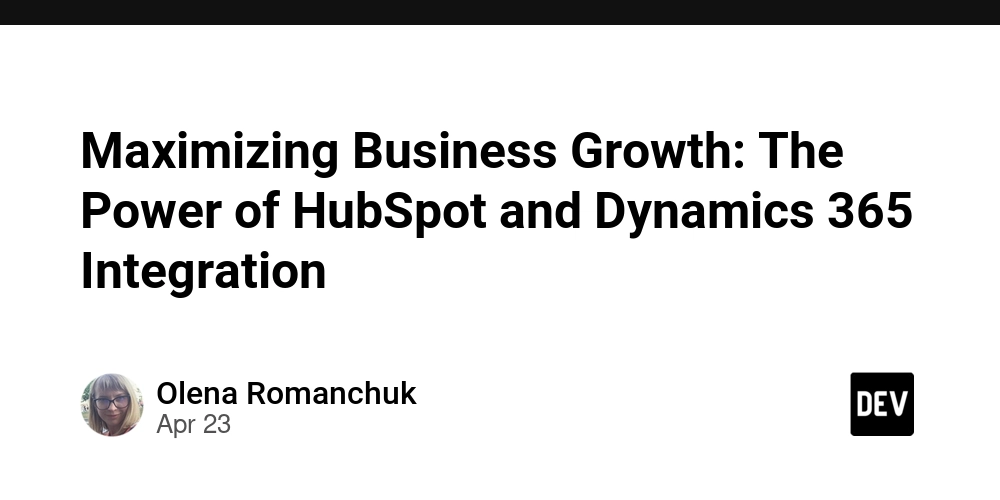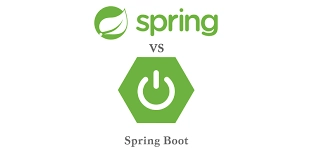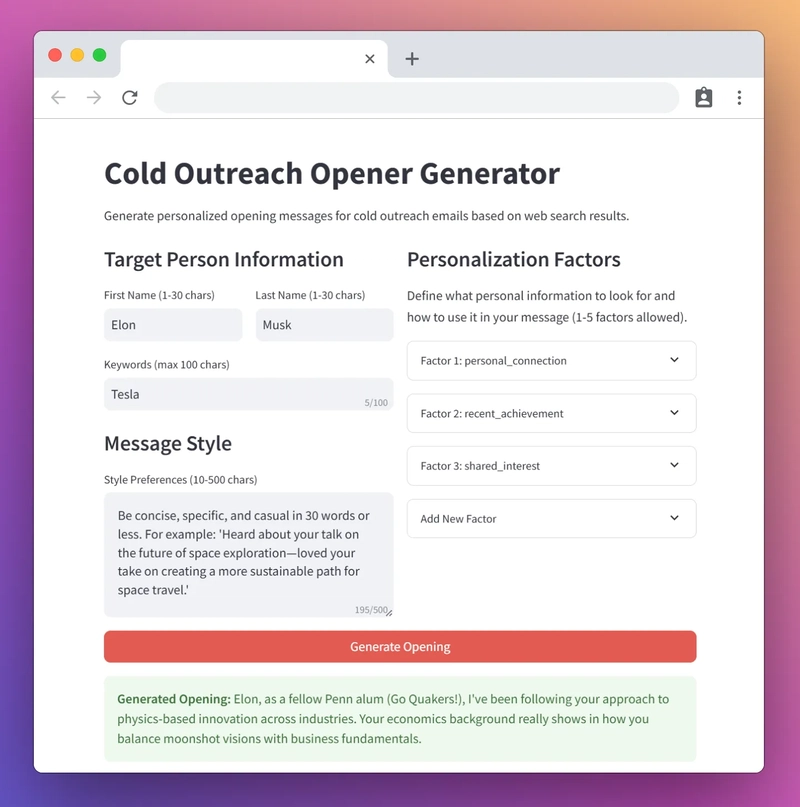Maximizing Business Growth: The Power of HubSpot and Dynamics 365 Integration
The article was initially published on the Skyvia blog. When it comes to integrating HubSpot and Dynamics 365, the choice of method can make or break the efficiency of your setup. Every business has its own set of needs, so finding the best integration approach requires considering factors such as the complexity of your workflows, the scale of your operations, and the technical capabilities of your team. While it’s tempting to opt for the first solution you encounter, taking the time to evaluate your options will pay off in smoother data flows and a better customer experience. Here are the key options you can consider: Native HubSpot Connector: The Quick Win For businesses that want a straightforward, out-of-the-box solution, the Native HubSpot Connector is a solid starting point. This integration method is built into HubSpot and works seamlessly with Dynamics 365, allowing you to sync key data points like contacts, leads, and deals. It’s easy to set up, especially for teams with limited technical resources. Pros: Easy Setup: HubSpot takes care of the heavy lifting, making it a plug-and-play solution. Native Support: As it’s built directly into HubSpot, updates and maintenance are handled by the platform itself. Simplicity: Best for businesses with straightforward workflows and data needs. Cons: Limited Flexibility: You’re limited to syncing standard objects and can’t customize workflows or data handling. Basic Features: It’s designed for smaller-scale use cases and doesn’t support more complex data flows. Best for: Small businesses or startups with simple workflows that need a quick, reliable solution without customization. Third-Party Integration Tools (e.g., Skyvia): Flexibility Without Code If your needs are a bit more complex, third-party integration tools like Skyvia offer a flexible, no-code approach that streamlines the integration process without requiring a dedicated development team. These platforms allow for greater customization and can sync more than just basic objects—they support complex workflows, custom fields, and data transformation needs. Pros: No-Code: Skyvia offers a user-friendly, drag-and-drop interface, making it easy for non-technical users to set up integrations. Scalability: As your business grows, Skyvia can handle larger data volumes and more complex processes. Customizable: You can easily integrate custom fields and workflows to meet your specific business needs. Cons: Platform Limitations: Some integrations, like support for certain advanced CRM features, might not be as comprehensive. Cost Scaling: Pricing can grow with your business, so it’s important to evaluate it against your long-term needs. Best for: Growing businesses that need a more flexible and scalable solution without heavy IT involvement. Custom API Integration: Ultimate Control Over Data Flow For large enterprises or businesses with unique processes, a Custom API Integration allows you to build an integration tailored specifically to your needs. While this option offers the most control and flexibility, it comes with a higher cost and complexity. You’ll need a development team capable of handling custom code, managing API rate limits, and ensuring real-time synchronization between the two platforms. Pros: Complete Control: Full customization over how your data flows between HubSpot and Dynamics 365. Real-Time Syncing: Enables real-time data transfer, which is vital for high-priority operations. Flexible: Perfect for businesses with complex workflows or specific data handling requirements. Cons: High Initial Cost: Custom development requires significant upfront investment in time and money. Ongoing Maintenance: With full control comes the responsibility of maintaining the integration and addressing any issues. Complex Setup: It’s a more involved process that requires experienced developers and IT resources. Best for: Large enterprises with complex needs, especially those operating in regulated industries that require high levels of customization. Making the Decision: Which Method Is Right for You? The method you choose ultimately comes down to your business’s size, complexity, and available resources. For businesses just starting with basic integrations, the native HubSpot connector might be enough. If you need more flexibility without the complexity of coding, third-party integration tools like Skyvia are an excellent option. However, for businesses requiring full control and customization, building a custom API integration is the most powerful (albeit demanding) approach. The key takeaway here is that each integration method has its pros and cons—there’s no one-size-fits-all solution. Take the time to assess your current business needs and growth trajectory before making your choice. After all, the right integration can unlock massive efficiencies, improve customer experiences, and boost sales.

The article was initially published on the Skyvia blog.
When it comes to integrating HubSpot and Dynamics 365, the choice of method can make or break the efficiency of your setup. Every business has its own set of needs, so finding the best integration approach requires considering factors such as the complexity of your workflows, the scale of your operations, and the technical capabilities of your team. While it’s tempting to opt for the first solution you encounter, taking the time to evaluate your options will pay off in smoother data flows and a better customer experience.
Here are the key options you can consider:
Native HubSpot Connector: The Quick Win
For businesses that want a straightforward, out-of-the-box solution, the Native HubSpot Connector is a solid starting point. This integration method is built into HubSpot and works seamlessly with Dynamics 365, allowing you to sync key data points like contacts, leads, and deals. It’s easy to set up, especially for teams with limited technical resources.
Pros:
Easy Setup: HubSpot takes care of the heavy lifting, making it a plug-and-play solution.
Native Support: As it’s built directly into HubSpot, updates and maintenance are handled by the platform itself.
Simplicity: Best for businesses with straightforward workflows and data needs.
Cons:
Limited Flexibility: You’re limited to syncing standard objects and can’t customize workflows or data handling.
Basic Features: It’s designed for smaller-scale use cases and doesn’t support more complex data flows.
Best for: Small businesses or startups with simple workflows that need a quick, reliable solution without customization.
Third-Party Integration Tools (e.g., Skyvia): Flexibility Without Code
If your needs are a bit more complex, third-party integration tools like Skyvia offer a flexible, no-code approach that streamlines the integration process without requiring a dedicated development team. These platforms allow for greater customization and can sync more than just basic objects—they support complex workflows, custom fields, and data transformation needs.
Pros:
No-Code: Skyvia offers a user-friendly, drag-and-drop interface, making it easy for non-technical users to set up integrations.
Scalability: As your business grows, Skyvia can handle larger data volumes and more complex processes.
Customizable: You can easily integrate custom fields and workflows to meet your specific business needs.
Cons:
Platform Limitations: Some integrations, like support for certain advanced CRM features, might not be as comprehensive.
Cost Scaling: Pricing can grow with your business, so it’s important to evaluate it against your long-term needs.
Best for: Growing businesses that need a more flexible and scalable solution without heavy IT involvement.
Custom API Integration: Ultimate Control Over Data Flow
For large enterprises or businesses with unique processes, a Custom API Integration allows you to build an integration tailored specifically to your needs. While this option offers the most control and flexibility, it comes with a higher cost and complexity. You’ll need a development team capable of handling custom code, managing API rate limits, and ensuring real-time synchronization between the two platforms.
Pros:
Complete Control: Full customization over how your data flows between HubSpot and Dynamics 365.
Real-Time Syncing: Enables real-time data transfer, which is vital for high-priority operations.
Flexible: Perfect for businesses with complex workflows or specific data handling requirements.
Cons:
High Initial Cost: Custom development requires significant upfront investment in time and money.
Ongoing Maintenance: With full control comes the responsibility of maintaining the integration and addressing any issues.
Complex Setup: It’s a more involved process that requires experienced developers and IT resources.
Best for: Large enterprises with complex needs, especially those operating in regulated industries that require high levels of customization.
Making the Decision: Which Method Is Right for You?
The method you choose ultimately comes down to your business’s size, complexity, and available resources. For businesses just starting with basic integrations, the native HubSpot connector might be enough. If you need more flexibility without the complexity of coding, third-party integration tools like Skyvia are an excellent option. However, for businesses requiring full control and customization, building a custom API integration is the most powerful (albeit demanding) approach.
The key takeaway here is that each integration method has its pros and cons—there’s no one-size-fits-all solution. Take the time to assess your current business needs and growth trajectory before making your choice. After all, the right integration can unlock massive efficiencies, improve customer experiences, and boost sales.










































































































































































![[The AI Show Episode 144]: ChatGPT’s New Memory, Shopify CEO’s Leaked “AI First” Memo, Google Cloud Next Releases, o3 and o4-mini Coming Soon & Llama 4’s Rocky Launch](https://www.marketingaiinstitute.com/hubfs/ep%20144%20cover.png)
























































































































































![Did I Discover A New Programming Paradigm? [closed]](https://miro.medium.com/v2/resize:fit:1200/format:webp/1*nKR2930riHA4VC7dLwIuxA.gif)

























































































-Classic-Nintendo-GameCube-games-are-coming-to-Nintendo-Switch-2!-00-00-13.png?width=1920&height=1920&fit=bounds&quality=70&format=jpg&auto=webp#)



























_Wavebreakmedia_Ltd_FUS1507-1_Alamy.jpg?width=1280&auto=webp&quality=80&disable=upscale#)

















































































































![New iPhone 17 Dummy Models Surface in Black and White [Images]](https://www.iclarified.com/images/news/97106/97106/97106-640.jpg)


![Hands-On With 'iPhone 17 Air' Dummy Reveals 'Scary Thin' Design [Video]](https://www.iclarified.com/images/news/97100/97100/97100-640.jpg)































































































































